Brief history of Murano Glass: how Venetian production conquered the world
Murano glass is one of those products of undisputed fame that make Made in Italy one of the most internationally known and sought-after brands. Despite the lack of raw materials and fuel, on which productions from other countries could rely, the Murano manufacture became famous thanks to the great professionalism of its craftsmen, and even today Murano glass is synonymous with tradition and quality, the result of continuous technical and iconographic research that has been going on for almost a millennium.
The origins of glass production are lost in time and legend: the Roman writer Pliny the Elder recalls in his Naturalis Historia the fortuitous birth of glass around the fourth millennium B.C., when on the sandy banks of the river Belo in Syria, Phoenician merchants seeking refreshment employed blocks of saltpeter to set up a hearth. The heat given off by the flames melted the blocks, which later mixed with river sand and would thus generate glass. Legend or not, the oldest glass artifacts found date back precisely to the fourth millennium BC.
The history of Murano glass is more recent, albeit very old, and lies in the 14th century, but before that date the glass production of Venice was already known, in fact the earliest evidence found is dated around the 6th century AD. The lagoon city, founded by Roman citizens fleeing the barbarian invasions, could rely on the technical knowledge of the fallen empire through the glassmakers already active in Aquileia and those that were developing instead in Constantinople.
As the power of the Venetian Republic grew and new trade routes were established, glass played an increasingly strategic role, so protectionist laws were enacted that prevented the importation of foreign glass and craftsmen, and probably in response to the proliferation of furnaces in the city, from which fires often resulted, in 1291 the government ordered the relocation of all production to the island of Murano. Perhaps also contributing to this decision was the desire to try to safeguard the technical secrets of this form of craftsmanship.
However, the forced relocation of the glassmakers and their families was also followed by privileges, which led these artisans to have an important social status: they had in fact the right to carry the sword, their daughters could marry members of important Venetian families, and they enjoyed certain immunities. On the other hand, they were not allowed to leave the territories of the Serenissima.
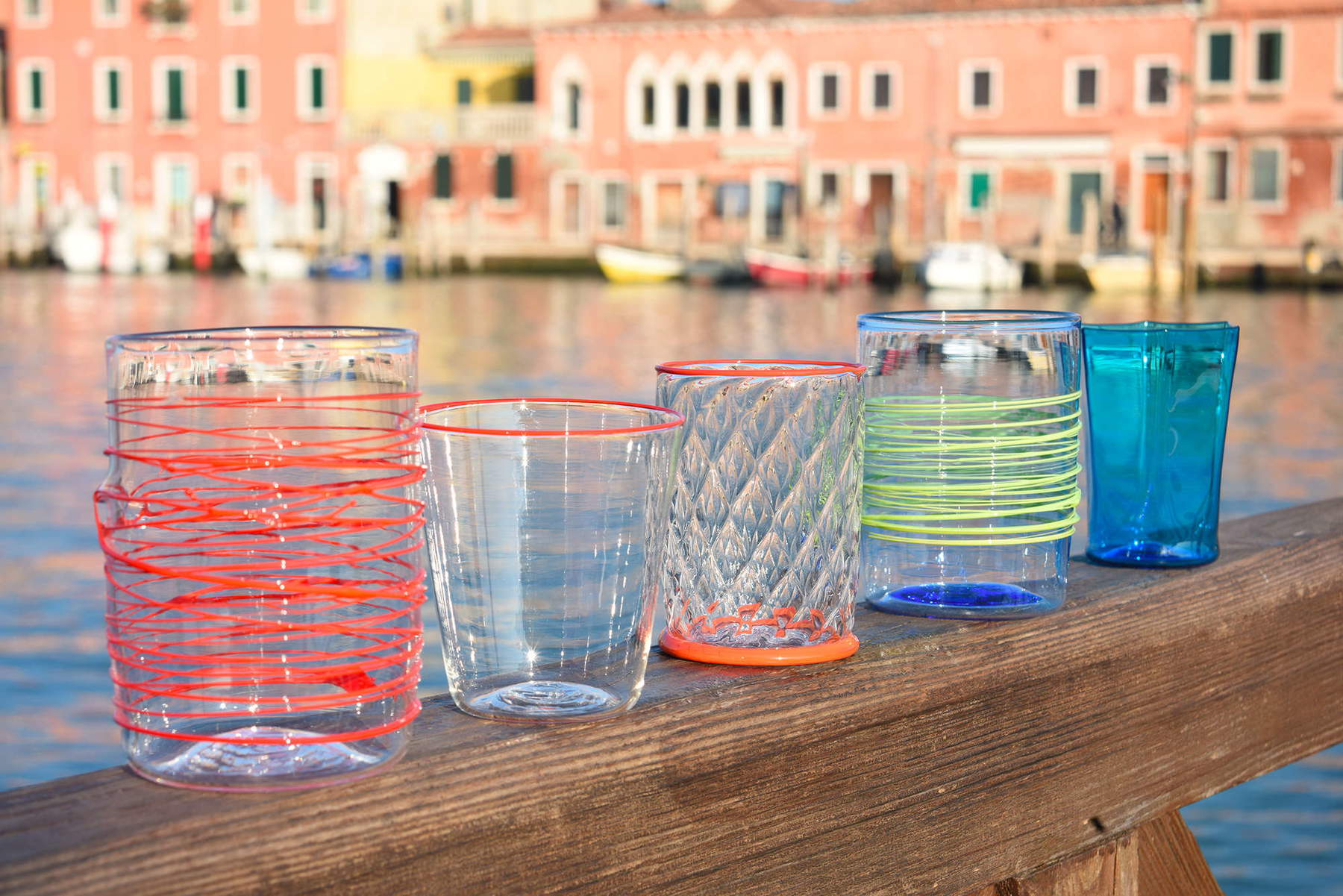
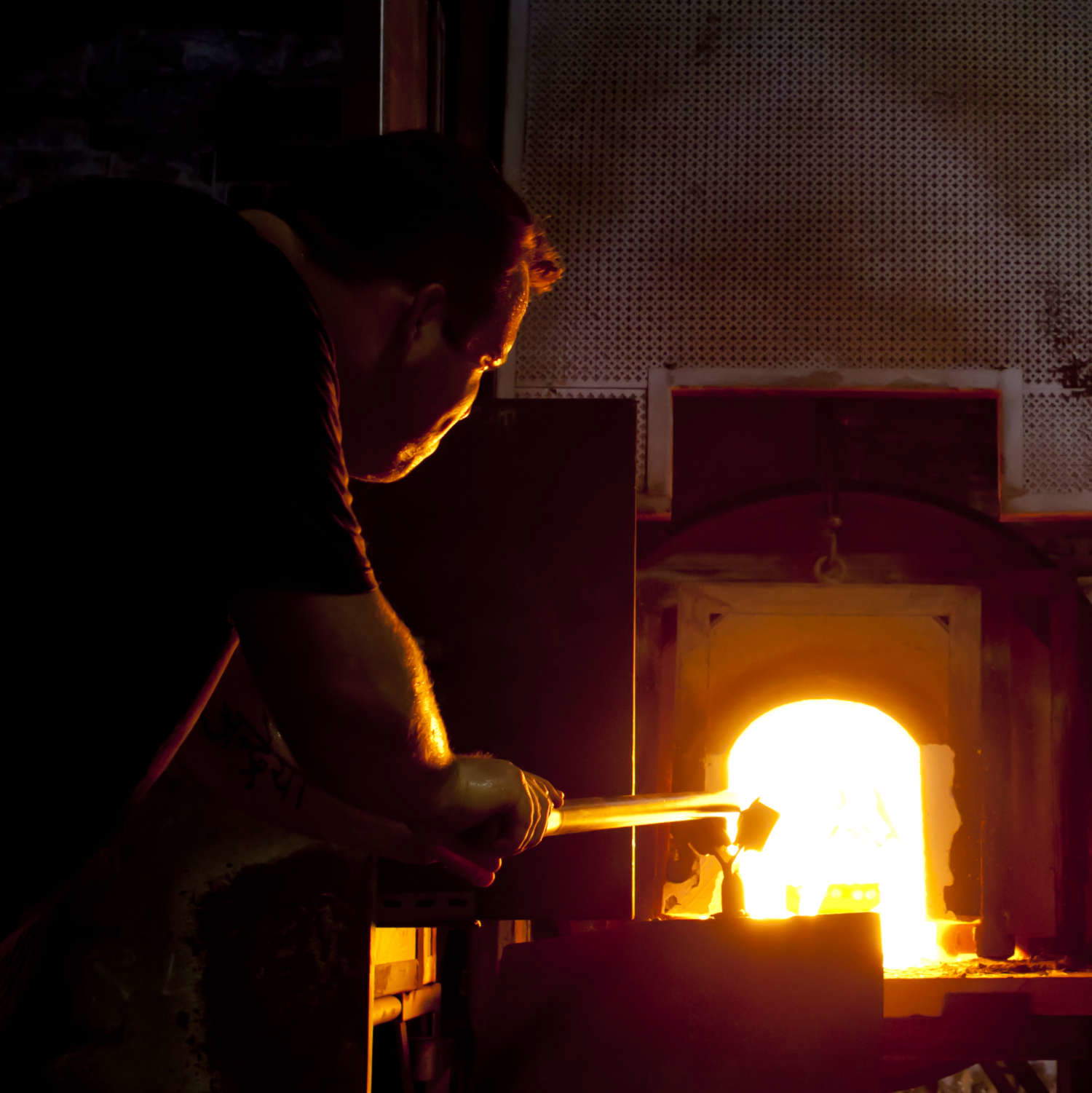
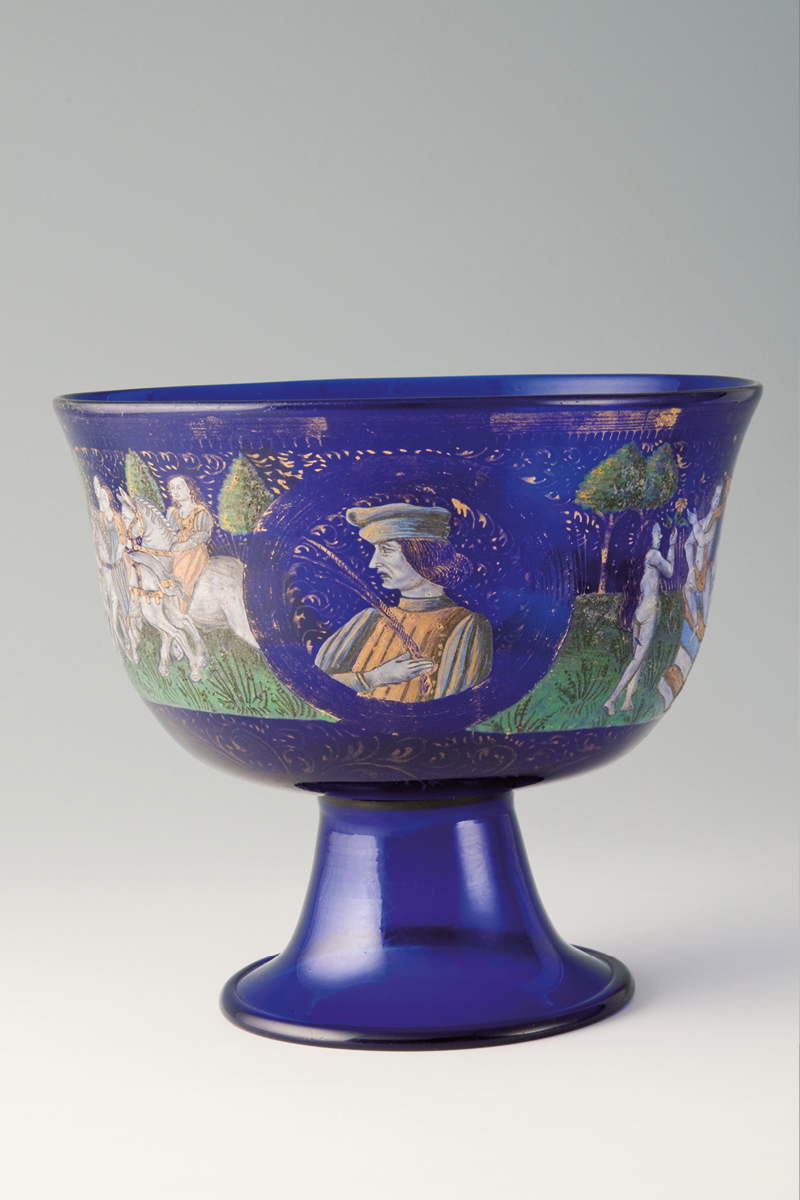
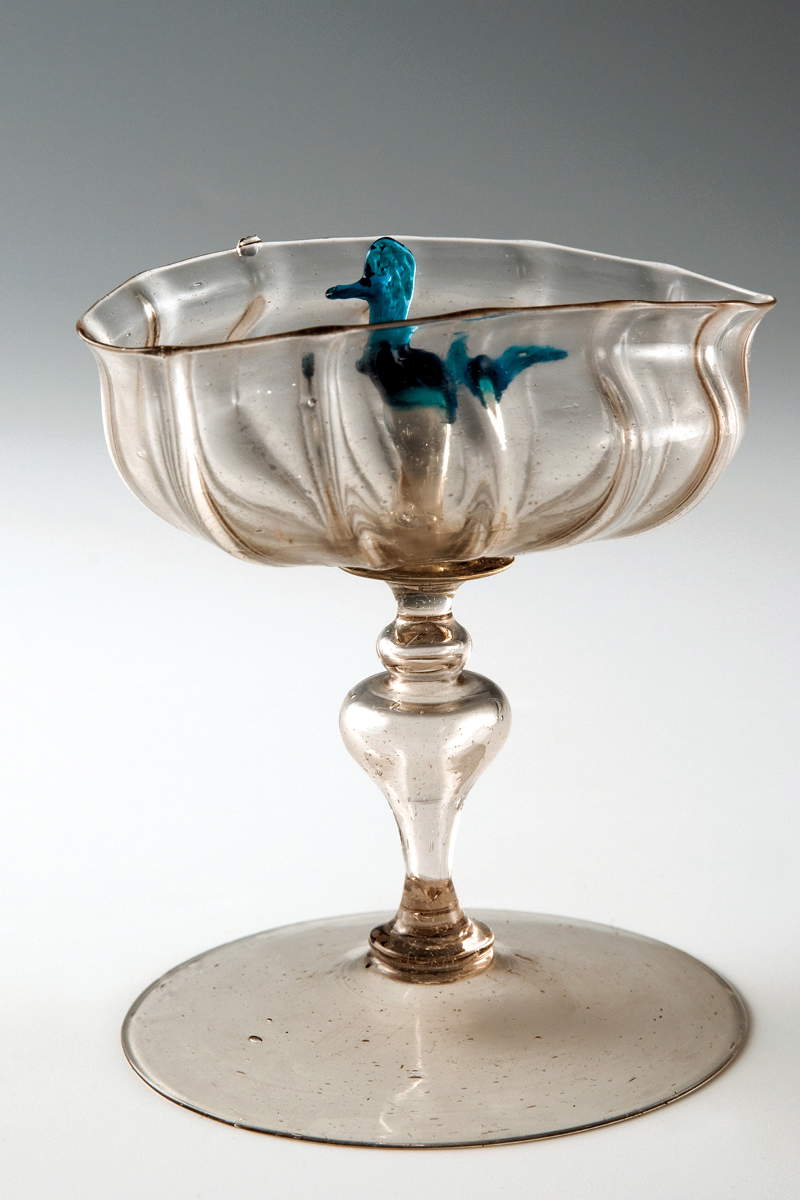
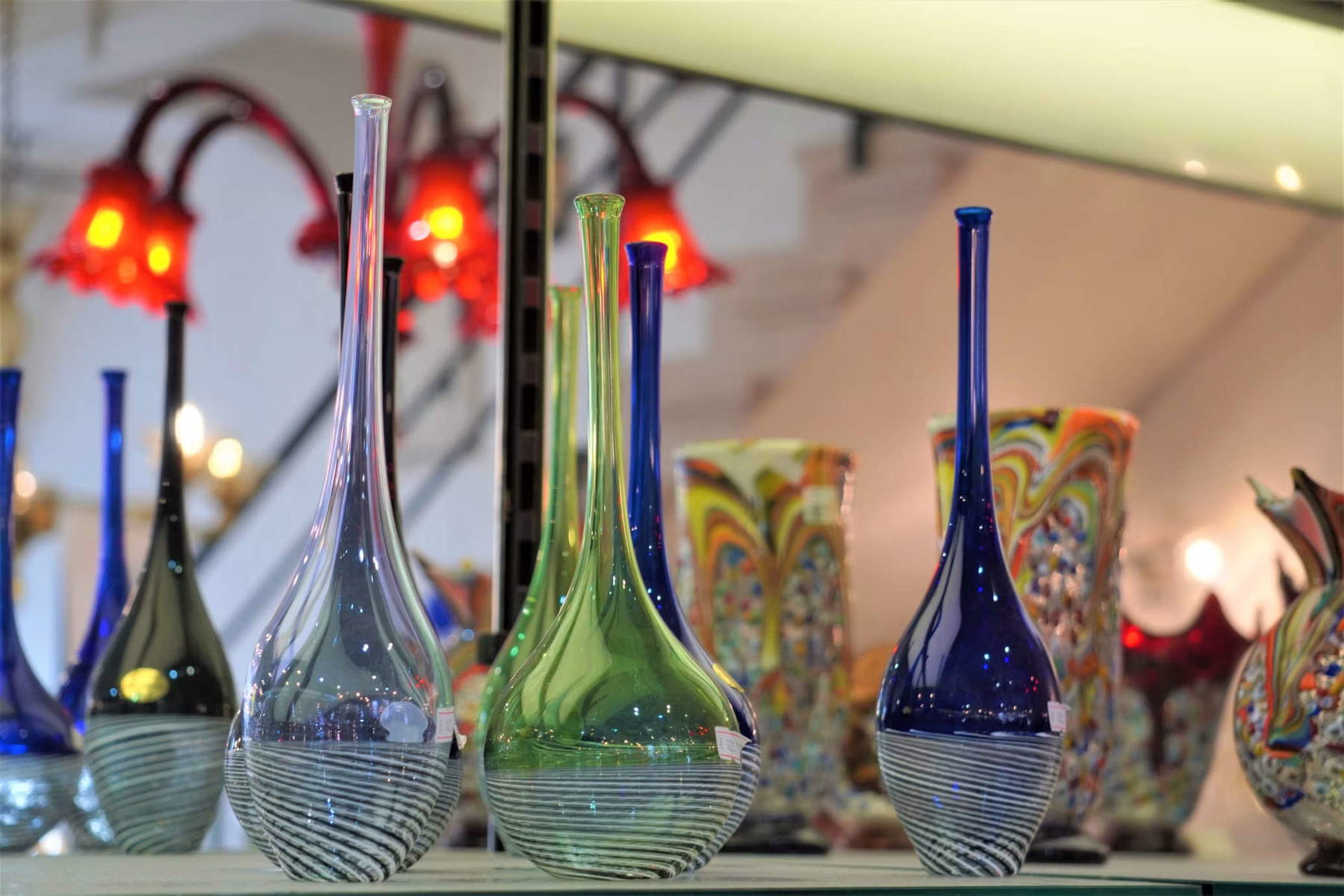
The island of Murano thus attested itself as one of the oldest and most systematic manufacturing districts: the proximity of master craftsmen and protectionist regulations allowed for a continuous development of techniques and professionalism, soon decreeing the international fortune of Murano glass: the island would be distinguished both for a commercial production, with objects of daily use, and for luxury products.
Over the centuries, countless techniques were perfected in Murano and numerous masters distinguished themselves, such as Angelo Barovier, who in the first half of the 15th century apparently invented crystalline glass, the first to be truly colorless and transparent.
The eighteenth century saw the distinction of the factory of Giuseppe Briati, who succeeded in giving new vitality to Murano glass after a century of difficulty due to competition from Bohemian glass, which could be worked by cutting. He launched products on the market that would become famous, such as “ciocche,” chandeliers with many arms decorated with festoons, flowers and leaves, “deseri” (dessert centerpieces, hence the name), colored crystal mirrors and the famous “lattimo” that imitated porcelain. Also in the 18th century, the use of mimetic glass such as chalcedony imitating precious stones became popular.
The beginning of the next century, however, kicked off one of Murano glass’s blackest seasons, due to the Fall of the Republic and foreign dominations, particularly Austrian domination, which commercially favored Bohemian glass. This dark period would end with the Unification of Italy and some initiatives, notably the creation of the Glass Museum by Abbot Vincenzo Zanetti with its related drawing school for glassmakers.
In the 20th century the increasingly flourishing industry opened up to new creative solutions, with collaboration between master glassmakers and designers of all kinds, initiating technical and stylistic research that continues to this day.
Warning: the translation into English of the original Italian article was created using automatic tools. We undertake to review all articles, but we do not guarantee the total absence of inaccuracies in the translation due to the program. You can find the original by clicking on the ITA button. If you find any mistake,please contact us.





























